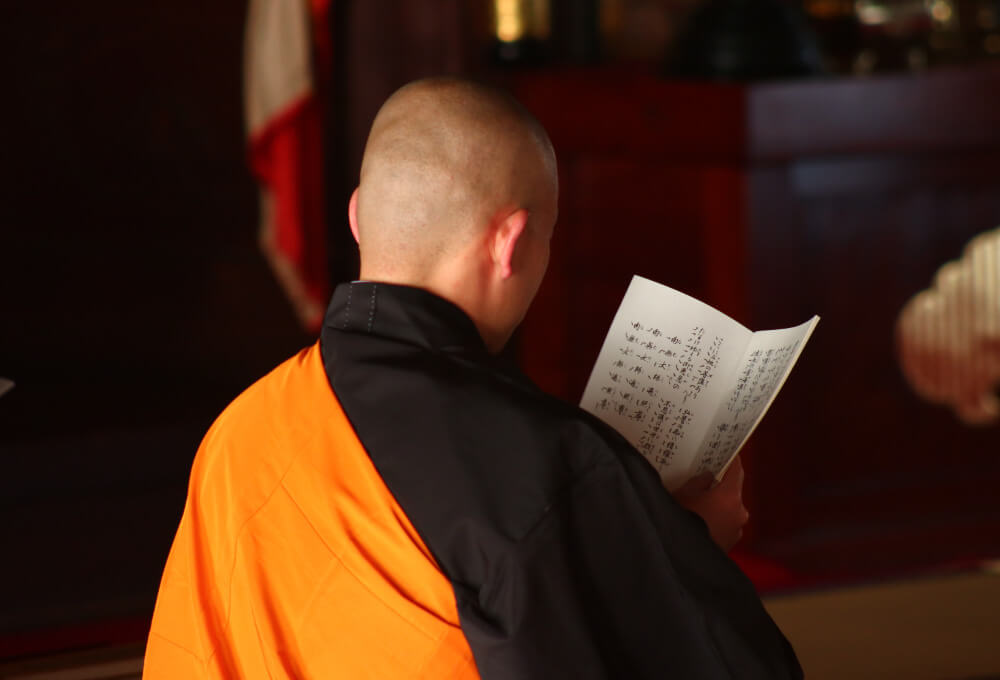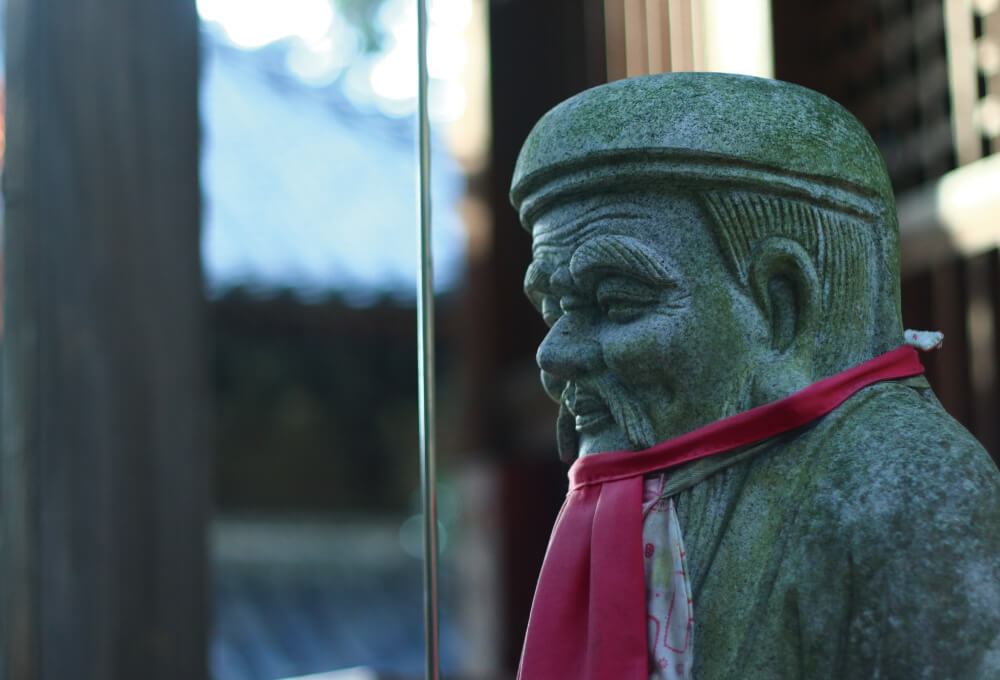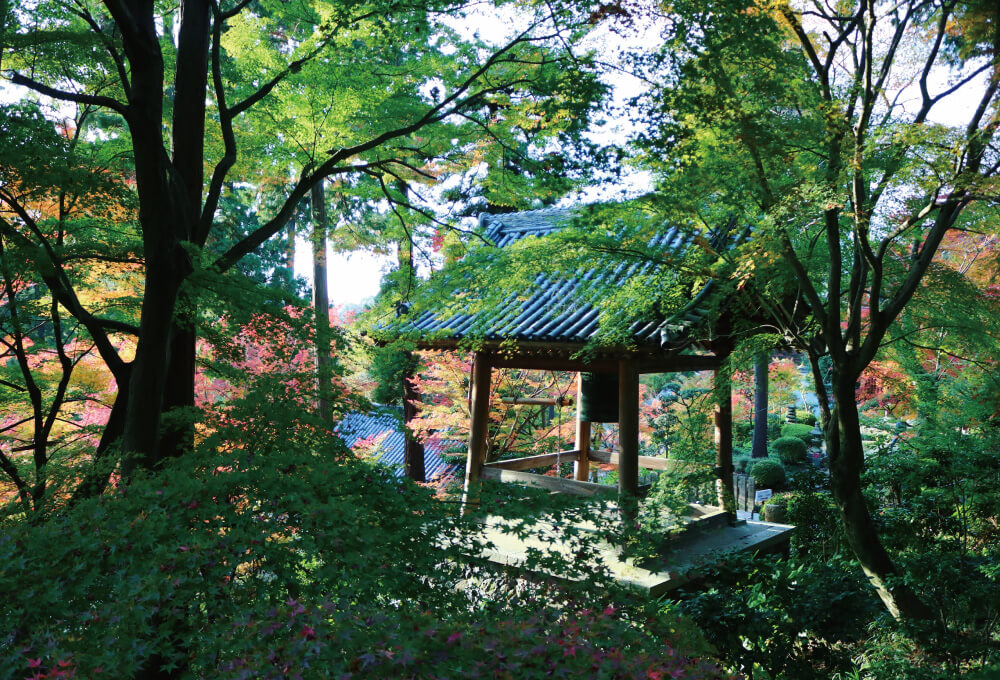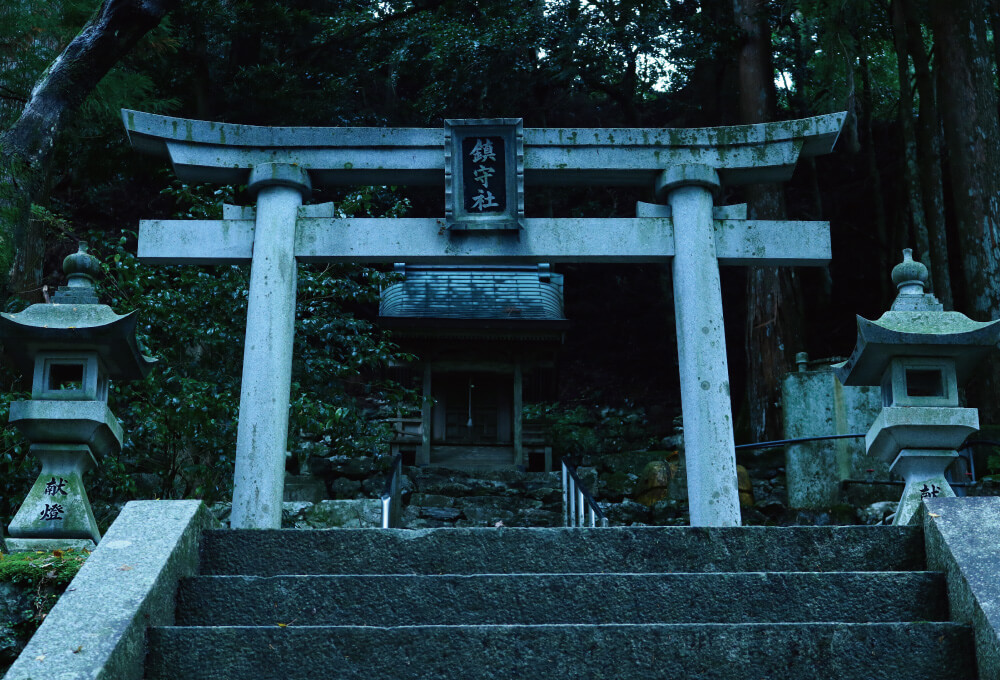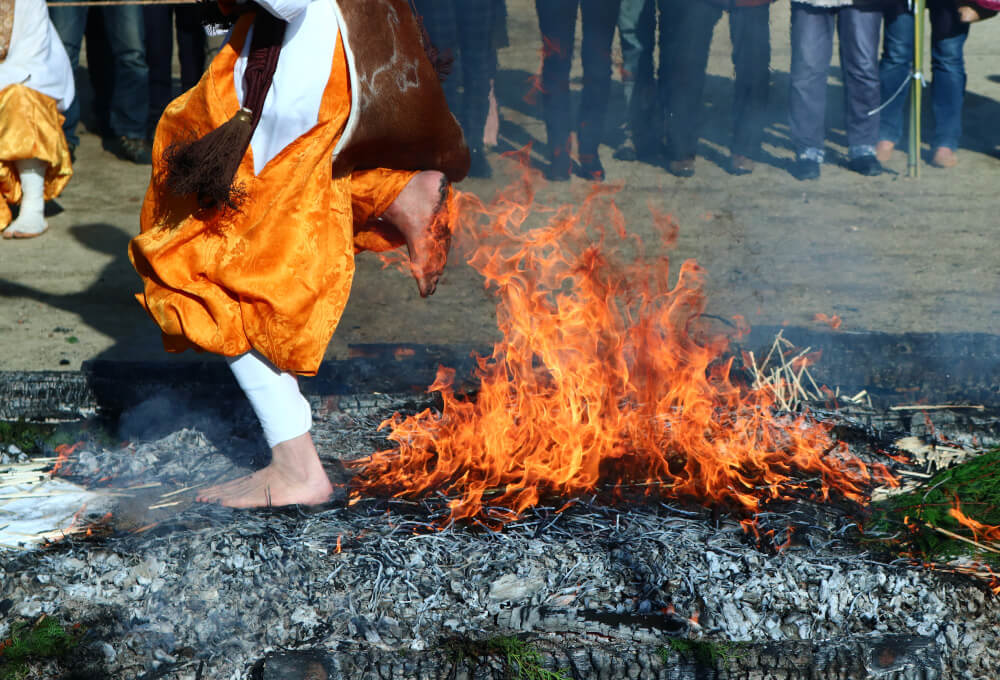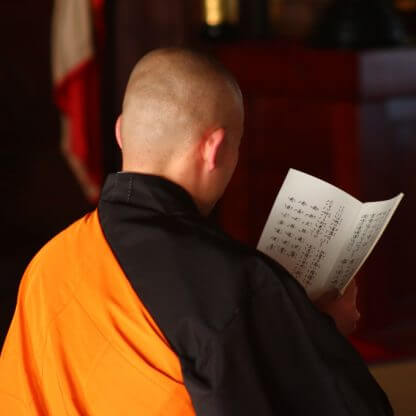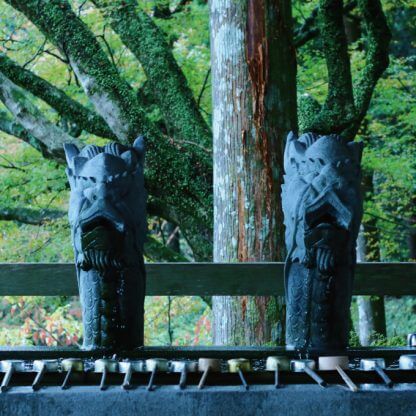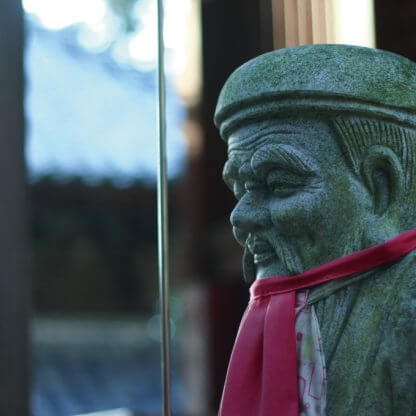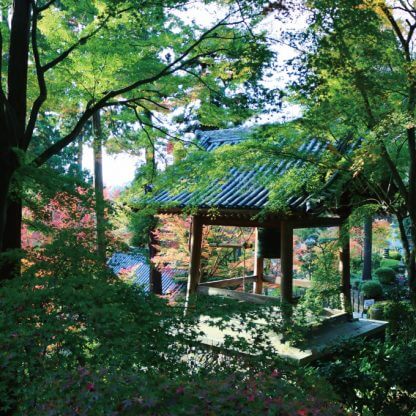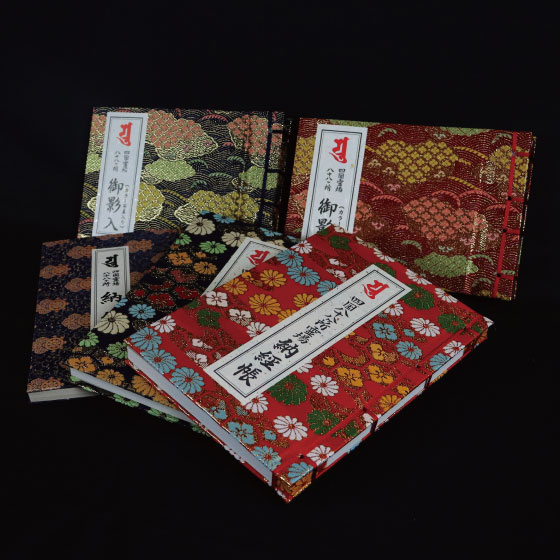What is the understanding of pilgrimage?
A pilgrimage is an act of journeying through the entire Shikoku area based on the 88 sacred sites in Shikoku. All eighty-eight temples have a long history and are said to have a long history with Daishi (Kobo Daishi). The master was trained in Shikoku, and is his birthplace. So we think about our own way of living, are asked for what we believe to be ideal, and want to convey this to as many people as possible, even as we struggle.
The master was emphasizing about the spiritual protection of the state and promoting national welfare for all, and the ideal was to make people happy and prosperous. Each of us was also encouraged to strive for a way of life that fully utilizes our abilities and talents. It is a pilgrimage that walks along the master’s trail.
The pilgrimage is also an act of seeking mental change. Even if you don’t think deeply, it is said that as you go around to the temples, your mind will change. It is not required that you read difficult books, interpret difficult scriptures, and suffer penalties that ordinary people do not. However, the act of pilgrimage to a the sacred place is an act of personal secession from the world to a sanctuary temporarily, and there are various manners and rules. Before moving on to further action, it is certain that the pilgrimage will deepen further if you keep in mind the significance of your mind and actions. Since ancient times, it has been said that “prayer” is important in pilgrimage. Please pray for your deity and the master.
At the fudasho and as you travel
Each fudasho in the Shikoku 88 sacred places has a pilgrimage temple and a local Buddhist temple. In addition, the pilgrims have strict eyes to see the temples in fudasho and the surrounding residents as “ascetics”. For this reason, the facilities dedicated to pilgrims are the minimum necessary, and have traditionally been maintained today by the good intentions of temples and local residents. The facilities have been improved a lot compared to the past, but please understand how to behave even when there are no signs just like at a tourist spot. “Make sure you don’t make the facilities dirty when you use the toilet,” “Do not use your car horn or make loud engine sounds in the early morning,” or “Don’t throw waste paper and empty cans on the road.” Defend your pilgrimage. The people of Shikoku have call the pilgrims as “Ohenro-san”, respect them, and warm up to them because they have seen their dedication to the master and are being trained hard. Please travel the pilgrimage with a moderate and gentle heart.
About “Noukyou” (book of temple stamps)
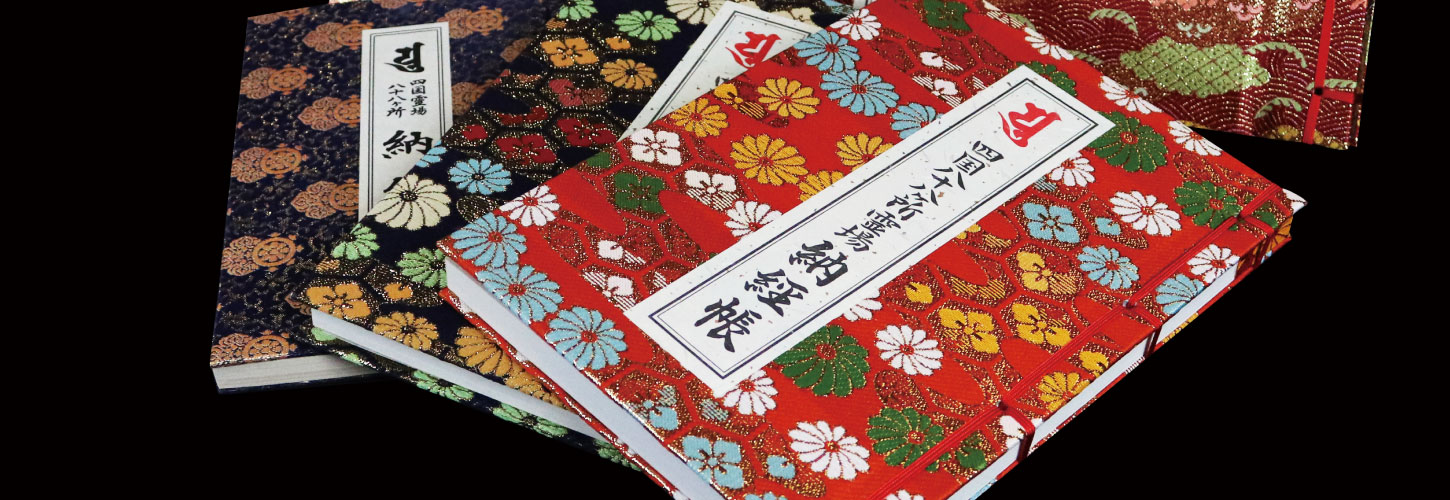
The “Noukyou” (with red seals) is a dedication of the principal deity and the Daishi at each fudasho (reading and copying sutras) and a (sign) that connects them. That’s why it is called “Noukyou”. Please make payments at the office after dedicating the sutras to the principal deity and the master.
It is also the intention to pilgrims that they the protection of the principal deities and the master of each fudasho. Please accept them when you visit.
* The time for accepting payment is basically from 7am to 5pm.
*As a general rule, payments should be made at the account office after the dedication to the principal deity and the master. However, if the delivery time is just before closing, the order will be reversed, but please tell the reason to each sacred place.
* Please understand that it is not a commemorative stamp.
* There may be cases where payment is not possible for items other than those specified.
* It is called a double stamp on the stamp book. Each time you visit, you will receive a treasure stamp on the same stamp book twice or three times.
* In spring and autumn, the office may be crowded. Please arrive with enough time.
* Although we do not close all year round, please be aware that there are some dangerous places along the road as the sun sets earlier in winter.
Click here for information on the stamp book, scrolls, and pilgrim jacket.
Please see here for how to read.
About divine spirits/ Ogata (Omie / Osuga)
Each person who receives a payment (red stamp) on the stamp book or scroll will be awarded a shadow.
Please treat it carefully as it is a copy (shadow) of the main treasures of each bill office.
If you have performed a lot of pilgrimages, you can decline to accept.
* No shadow is awarded for the treasure stamp on the white coat.
* There is also a colored shadow. Asked at 200 yen per person.
* The shadow of the master who is placed at the center of the display is awarded by the office administration.
* If you only want a black and white figure, you will be asked for 100 yen.
Please check here for details about coloring.
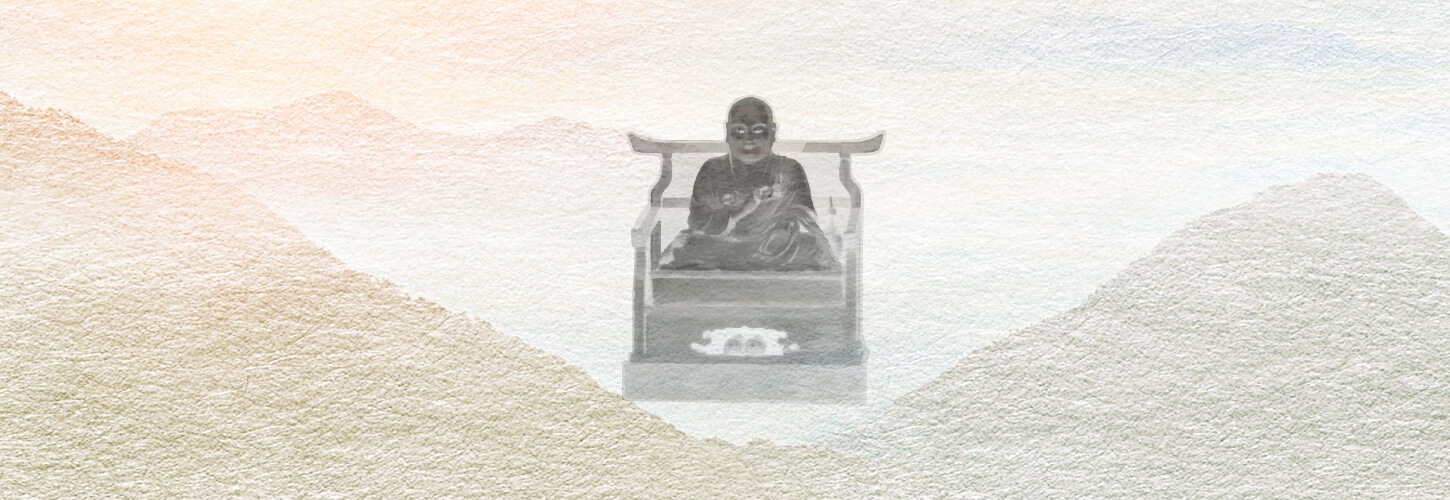
The Ten Good Commandments
These ten good commandments have been referred to as a pilgrimage code of conduct since ancient times.
It is a commandment for safe driving in your life by not stepping on the accelerator too much, applying too much brake, and making the accelerator and brake operate moderately.
I hope that these ten good commandments will be sung (declared) in front of the treasures of each temple and the master, and that people will strive to do good things on their own, and hope to be changed by the pilgrimage.
Ten good commandments
- 1. Oppose killing
- Value life and all lives.
- 2. Oppose theft
- Don’t steal things, take care of others.
- 3. Oppose licentiousness
- Sex is precious and think about sex with moderation.
- 4. Oppose falsehood
- Don’t lie, try to speak the truth.
- 5. Oppose overstatement
- Do not speak fictional words, speak true words that do not embellish.
- 6. Oppose speaking ill
- Don’t speak badly, talk with the other person in a caring way.
- 7. Oppose double-dealing
- Talk to everyone with a warm feeling, do not mislead.
- 8. Oppose stinginess
- Spend in gratitude without greed and resentment.
- 9. Oppose anger
- Suppress anger, calm down, and maintain a gentle feeling.
- 10. Oppose Injustice
- Rid yourself of wrong thoughts and treat everyone with peace.
About Shukubo
Make sure to check and make a reservation before using.
* At Shukubo, accommodation costs are kept as low as possible for the convenience of pilgrims.
* There are some inconveniences here compared to hotels and inns.
* Shukubo was also built through donations. Let’s use the facility carefully.
About car pilgrimage
Let’s arrange ourselves for the pilgrimage from the parking lot. When you stand in front of the temple gate, Niomon, it is important to prepare yourself to be in the sanctuary, which is the basis of the pilgrimage.
Other
Pilgrims are companions with each other. When we go to and from other places, we want to be silent and think about the other party’s safety.

